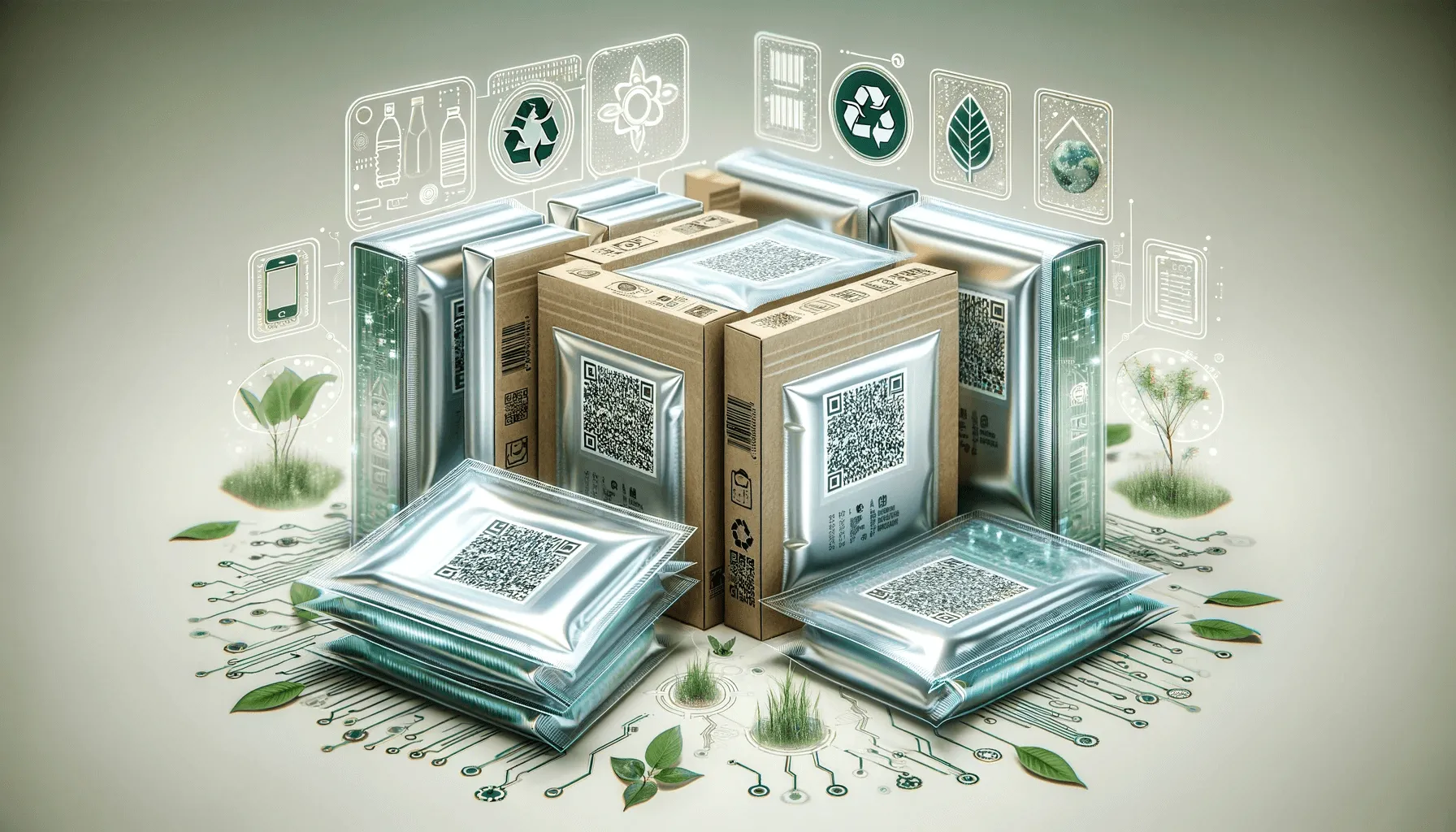

The packaging industry is currently witnessing a paradigm shift towards sustainability, with Sustainable Smart Plastic Packaging (SSPP) leading the change. This revolutionary approach is reshaping industry norms by significantly reducing plastic waste.
The transition from traditional plastics to biodegradable and recyclable materials marks an important step in minimizing the ecological footprint of the packaging sector. This green revolution not only mitigates environmental harm but also proves to be cost-effective in production.
One of the standout features of SSPP is its ability to drive sustainability efforts across the industry. Manufacturers are increasingly adopting smart packaging solutions that not only benefit the planet but also positively impact business bottom lines. This shift towards sustainable practices creates a win-win scenario, cultivating a healthier environment while boosting the economic efficiency of businesses.
The integration of smart technologies into packaging is a game-changer. RFID tags, sensors, and QR codes are now embedded in packaging materials, allowing real-time tracking and monitoring of products. This not only enhances the consumer experience but also optimizes supply chain management, reducing inefficiencies and enhancing overall operational efficiency.
SSPP has made significant strides in reducing food waste through smart packaging for food solutions. Accurate information about freshness and expiration dates provided by these technologies extends the shelf life of products, addressing a global issue of food wastage. The integration of smart packaging in the food industry not only benefits consumers but also aligns with sustainability goals by reducing overall waste.
Smart packaging solutions are streamlining transportation logistics, enabling better space utilization and load optimization. This innovation aligns with sustainability goals while simultaneously saving on operational costs, making SSPP an important player in creating a more eco-friendly packaging ecosystem.
Recent innovations in advanced packaging, particularly in the food and beverage industry, highlight the growing interest in environmentally sustainable practices. Edible packaging emerges as a frontrunner, driven by consumer concerns regarding health, food safety, and environmental preservation. Companies in the United States actively developing these materials indicate significant market potential, with the global edible packaging market projected to reach approximately USD 2.8 billion by 2030.
Smart packaging, a functional combination of intelligent and active packaging technologies, plays a vital role in actively preserving food during processing and storage. While intelligent packaging monitors the condition of the packaged product, active packaging influences the environment to extend shelf life. Compliance with European legislation ensures the safety of these technologies, paving the way for a sustainable future in packaging.
As an alternative to conventional petroleum-based plastics, biodegradable polymers are emerging as a sustainable option. Biodegradable advanced packaging, classified into three main groups, offers solutions for minimizing environmental impact. Modified atmosphere packaging (MAP), a widely employed technique, slows down the ripening of fruits and preserves agricultural products by adjusting oxygen and carbon dioxide levels.
Food irradiation technology, involving the use of ionizing radiation, enhances safety and extends shelf life by eliminating harmful bacteria and microorganisms. The FDA regulates radiation sources, ensuring safety for consumers. Gamma rays, X-rays, and electron beams are safe sources used in the irradiation process, contributing to the safety of food products for consumption.
Barrier packaging, a new technology, creates a shield against oxygen, moisture, and environmental factors, preserving the quality and safety of food items. Barrier materials with low permeability and sealants establish protective barriers, ensuring sustainable preservation. Modern technologies incorporating nanoparticles enhance the mechanical properties and thermal resistivity of advanced packaging, contributing to a brighter and more sustainable future.
Despite its immense potential, the widespread adoption of SSPP faces challenges. Infrastructure and investment, along with the need for consumer education, are significant hurdles. Collaboration between governments, industry stakeholders, and concerted efforts towards creating a clear regulatory framework is necessary to ensure the success of SSPP technologies.
However, the Final Process Evaluation Report on Smart Sustainable Plastic Packaging paints an optimistic picture for the industry’s future. SSPP is not merely a buzzword but a transformative force that combines sustainability and technological advancements. As the industry continues to evolve, collaboration among stakeholders is important to overcoming challenges and creating a more sustainable and efficient packaging ecosystem.
All in all, Smart Plastic Packaging is not just about packaging; it’s about reshaping the way we think about materials, waste, and consumption. The integration of sustainability and technological advancements in the packaging industry, as evidenced by SSPP and other innovations, holds the key to a smarter and more sustainable future.
With collaborative efforts, regulatory support, and consumer awareness, the industry can adopt this transformative force, benefiting both businesses and the environment in the journey towards a more eco-conscious and efficient packaging ecosystem.